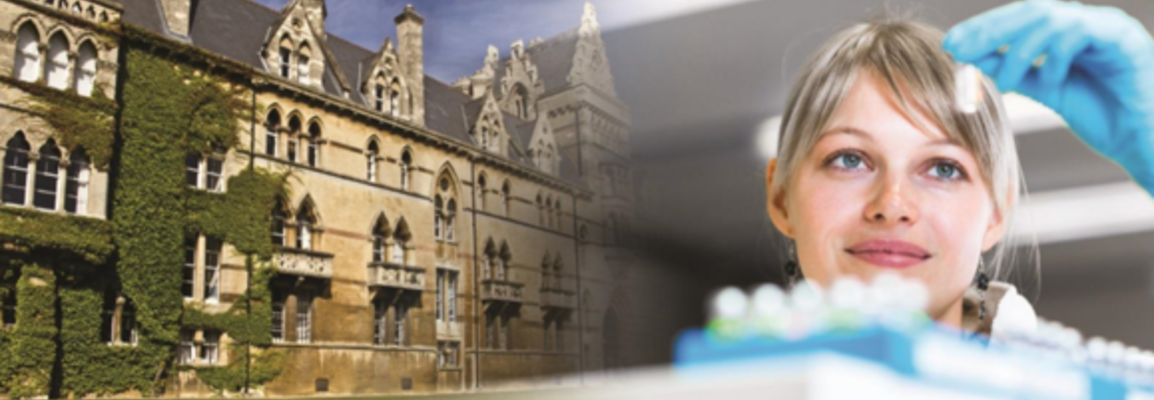

Inspiring the Next Generation of Scientists
Inspiring the Next Generation of Scientists
Finding enough talented, qualified workers has long been a challenge for STEM (science, technology, engineering and math) businesses. According to 2019 data from Ranstad North America, as of 2016 the US had roughly 3 million more STEM jobs than it had workers to fill them. Add to this shortfall that, between 2017 and 2027, the number of STEM positions in the USA is set to grow 13 percent, and the resource gap is clear.
Supporting the next generation of scientists with proper training and resources is high on the global agenda.
Traditional analytical chemistry instruments are designed for large laboratories with highly trained users - and are out of the reach of most students. We are determined to reverse this trend by focusing on making our technology more available to the education environment.
Exposing students to traditionally complex techniques like magnetic resonance spectroscopy earlier in their academic careers opens the door to future research, in fields ranging from environmental monitoring and food safety to biochemical research and archaeology.
Filling the skills gap
Vital tools in the field of environmental contaminant analysis, such as electron spin resonance (ESR) - also known as electron paramagnetic resonance (EPR) - are used to study metal complexes and organic radicals in a range of applications. Most bachelor students are not exposed to ESR during their education and it is often seen as a difficult technique, both to teach and master.
To address this skills gap, our benchtop ESR can be used as a teaching tool for student chemistry labs and is well suited to research. As well as being simpler to operate than traditional high-resolution instruments, the benchtop system is a low-cost option for academic institutions with restricted budgets, and its small footprint is ideal for space-limited labs.
"The microESR is a new technique for students and is a small, compact instrument. It's easy to use, our students took no more than five minutes to learn basic operation, how to insert a sample, how to collect data and how to process that data. It's very easy software to work with, and it provides useful information to the students." Judy MacInnis, Senior Lab Instructor at Cape Breton University, Nova Scotia, Canada.
"Having experience using ESR has helped me in my research in organic chemistry, to determine the spinning of electrons. It's going to help me in my career because most of the time we are dealing with organic and inorganic compounds - it's a very handy tool." Kuljit Kaur, Fourth Year Student, Cape Breton University.
To learn more, watch our webinars on EPR as a teaching tool and How to offer hands-on NMR and EPR experience to students.